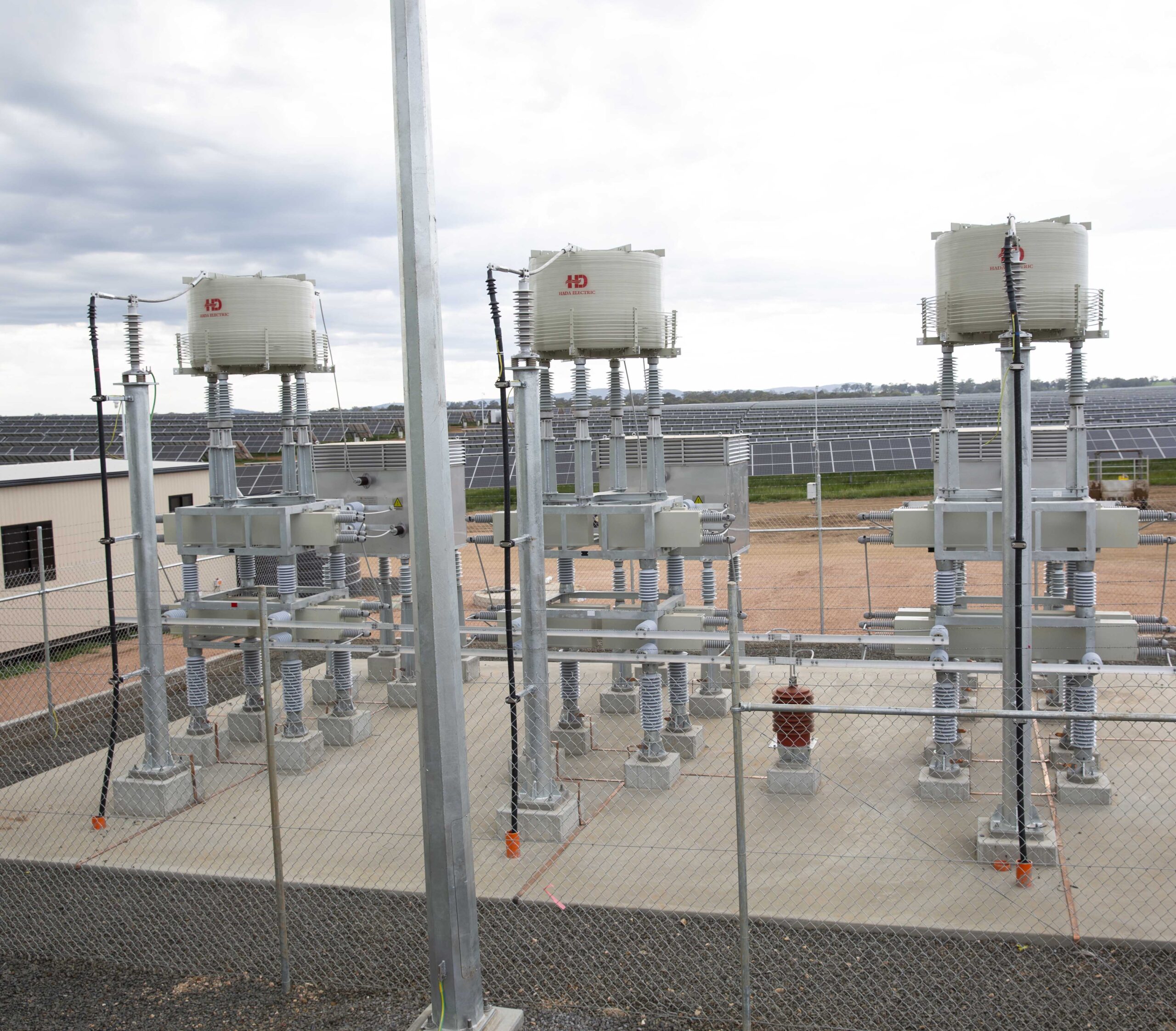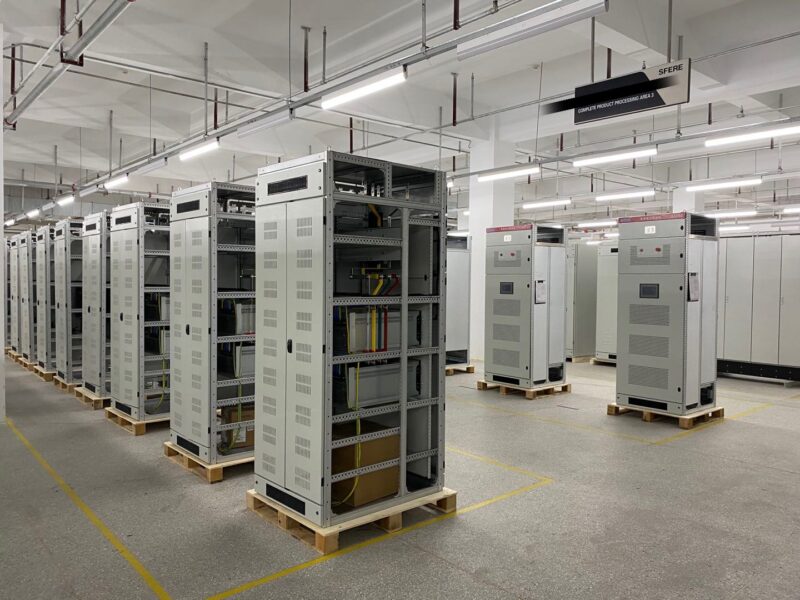Harmonic filters are essential tools in modern power systems because they remove unwanted harmonic currents and voltages created by non linear loads. As industries add more variable speed drives, rectifiers, solar inverters, and data centers, harmonics rise and so do the risks to equipment, efficiency, and safety.
Understanding why harmonics appear and what filters do helps engineers choose the right solution. A good filter strategy protects transformers, cables, motors, and protection devices while keeping the grid compliant with utility and international standards.
Purpose of harmonic filters in substations

Harmonics are frequencies that are integer multiples of the fundamental 50 or 60 Hz waveform. They are produced when loads draw current in pulses instead of smoothly, which distorts the voltage seen by other users.
These distortions create extra heat, vibration, and insulation stress in electrical equipment. Over time they can shorten asset life, trip breakers, interfere with control systems, and increase losses that show up as higher energy bills.
Filters work by providing a low impedance path for specific harmonic orders or by injecting counter harmonics to cancel distortion. In practice they reduce total harmonic distortion, stabilize power factor, and improve voltage quality across the network, so learn more about harmonic filter substation is a useful concept to connect with real substation reliability needs.
Main types of harmonic filters

Passive harmonic filters are built from tuned combinations of capacitors and reactors. They are designed to absorb one or more harmonic orders such as the 5th or 7th, which are common in three phase drive applications.
Single tuned filters target a narrow band and are cost effective for stable loads. High pass or broadband passive filters handle a wider range and are used when multiple orders vary over time.
Active harmonic filters use power electronics to sense distortion and generate equal and opposite currents in real time. They adapt quickly to changing loads, making them ideal for facilities with fluctuating production or many different electronic devices.
Hybrid systems combine passive and active elements to balance cost and performance. A passive stage carries bulk harmonic current while the active unit cleans up residual distortion and compensates reactive power dynamically.
Benefits and selection considerations

The first benefit of harmonic filtering is equipment protection. Lower distortion means lower temperature rise in transformers and motors, fewer capacitor failures, and reduced neutral conductor overload in systems with many single phase loads.
Efficiency improves because harmonic currents do not do useful work but still create I2R losses. By removing them, filters cut wasted energy, free up capacity in cables and switchgear, and can delay expensive upgrades.
Reliability and power quality also rise. Sensitive devices like PLCs, medical equipment, and communication systems see fewer malfunctions, and protection settings become more predictable because waveforms are cleaner.
Filters can also help meet grid codes and avoid penalties. Many utilities set harmonic limits at the point of common coupling, so maintaining compliance protects a site from fines and from being forced to retrofit under a tight deadline later.
When selecting a filter, engineers look at harmonic spectrum, short circuit level, load variability, and future expansion. Proper studies ensure the filter does not create resonance with the network and that it remains effective as the facility evolves.
Conclusion
Well designed harmonic filters are a practical way to keep electrical systems healthy in a world full of non linear loads. By matching filter type to the harmonic profile and operating conditions, substation and plant teams gain safer equipment, better efficiency, and steadier power quality.

